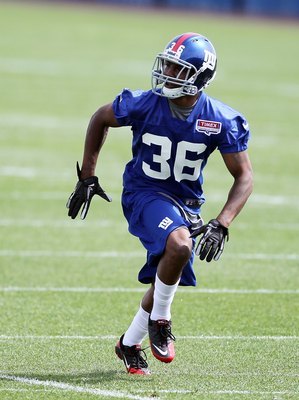 Athlete’s foot stems from a fungus that lives in dark, moist
areas. We have all heard the tips that we should be wearing flip flops when we
use public showers, unfortunately this is not the only way to catch athlete’s
foot. Walking through any area that is moist, such as a puddle, a river, or
even the Amazon can get your socks and shoes wet and allow the fungus to
flourish inside your shoes. This is why it is so important to keep your feet
dry. So, after you have walked through a wet area or showered, it is important
to dry off your feet, but don’t forget the spaces between your toes. For some
people, they naturally have sweaty feet. So, if you are one of these people,
then it is very important for you to change your socks several times throughout
the day to keep your feet dry.
Athlete’s foot stems from a fungus that lives in dark, moist
areas. We have all heard the tips that we should be wearing flip flops when we
use public showers, unfortunately this is not the only way to catch athlete’s
foot. Walking through any area that is moist, such as a puddle, a river, or
even the Amazon can get your socks and shoes wet and allow the fungus to
flourish inside your shoes. This is why it is so important to keep your feet
dry. So, after you have walked through a wet area or showered, it is important
to dry off your feet, but don’t forget the spaces between your toes. For some
people, they naturally have sweaty feet. So, if you are one of these people,
then it is very important for you to change your socks several times throughout
the day to keep your feet dry.
Now what about dry skin vs. athlete’s foot? Well, that can
be a hard one quite frankly. Typically we think of athlete’s foot as being
itchy, but dry skin can also be itchy. Athlete’s foot also has a tendency to
burn and tingle, but it may not also have these characteristics. Now as for the
tell-tale signs, there are only a couple.
1.
The appearance of the dry skin
a.
In athlete’s foot, you will tend to have a
moccasin distribution of your dry skin, which means that you will have a ring
of dry skin around your heel and on both sides of your foot and up to the toes.
There will also be dry skin on the bottom of your feet.
2.
Another tell-tale sign is dry skin moving into
the spaces between your toes. This is never going to be a normal presentation.
The key to remember is that dependent upon the severity of
your athlete’s foot will depend on the presentation. In a very mild case, it
really will just look like dry skin, the moccasin will not appear until your
athlete’s foot has progressed pretty significantly. But, if you have dry skin
in between your toes, that is cause to come in right away.
So, how do we treat this pesky fungus? There are some over
the counter creams and sprays, but they don’t always work for everyone. At that
point we can turn to prescription antibiotic cream and an over the counter spray/powder to disinfect
your shoes. Worse case scenario is an oral antibiotic if it is a difficult case.
If you or someone you know in the Methuen, Reading, North
Andover or Lowell, Massachusetts area has had symptoms consistent with athlete’s
foot, we would be happy to schedule you an appointment at one of our offices.




